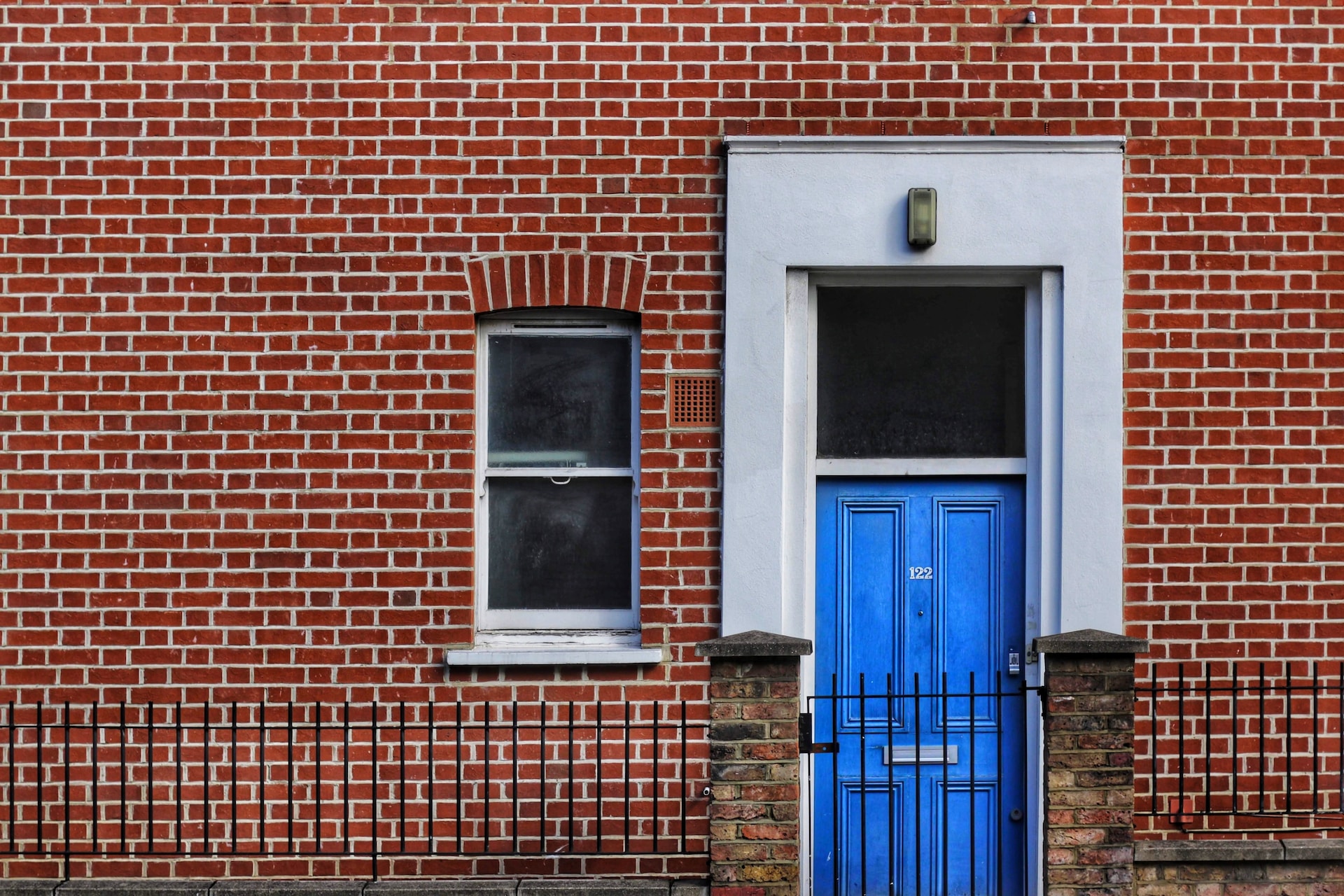Wood rot is one of the leading causes of buildings’ damage – especially if they’re old or abandoned. It’s important to identify what kind of wood rot it is – dry or wet – and then learn how to treat it and what caused it (to prevent the rot from occurring again).
The difference between dry and wet rot is that they form at different moisture contents in timbers. Dry wood rot attacks timbers with a lower moisture content than damp wood rot, hence the ‘dry’ and ‘wet.’ These are generally at 20% – 30% for dry rot and 30% – 50% for wet rot.
Wood Rot – Identify the Smell
When wood is exposed to humidity or moisture, mould can grow as well as wood rot. No matter how natural or organic, wood material is subject to decay, which can seriously damage buildings. Besides seeing the wood rot, people may be able first to identify it by its smell.
Related: What is asbestos? Dangers and UK regulations
These kinds of moulds give off a ‘musty’ smell as if you were walking through the woods. Some people compare the smell to wet socks, so it cannot be easy to miss—the real issue is identifying which kind of wood rot it is and then treating it.’
Dry Rot – What it is and How to Treat it?
Dry rot is a very damaging fungus as it can destroy timbers and spread itself throughout the building. It is considered the most damaging wood-decaying fungus. It is so versatile that it can spread through the building fabric, even though brickwork through airborne spores.
Dry rot is usually associated with a ‘cuboidal’ cracking in timbers and can also produce fruiting bodies in their full form. Dry rot can affect nearly all timbers within a house, given the right conditions.
As for mould growth, dry rot is present, with moisture levels being too high in the timbers. The remedial technique’s essence is by removing that moisture content from the air and repairing affected areas.
Dry rot will need to be treated by specialist contractors as soon as it has been detected. The quicker it has been diagnosed, the quicker the affected areas can be treated and stop the dry rot from spreading to different areas, potentially costing more money.
Samples will need to be taken and identified via laboratory analysis to determine the fungus strain and, therefore, the best course of action for treatment.
Wet Rot – What it is and How to Treat it?
Wet rot is a less severe issue; however, it is still damaging to a building’s structural stability if left untreated. Unlike dry rot, which initially needs a moisture content to form, once moisture content lowers, it can still spread and form, wet rot needs a continuous moisture source, such as leaking pipework and condensation.
Dry rot and wet rot will need to be differentiated upon survey and treatment, as it is a less severe problem.
In minor cases, the affected timber can be cut out by a timber treatment specialist and repaired.
In more severe cases, whole timbers will need to be replaced for the well-being of the building’s structure. Also, the severity of wet rot depends on which timbers are affected and how complicated the remedial procedure will be.
A more difficult problem with wet rot is dealing with the moisture problem itself, rather than the timber’s actual treatment. This involves assessing the moisture profile of the building and choosing a method to improve upon this. This is more difficult in some cases than in others.
Learn more about building survey services or contact us for initial FREE expert advice to be organised for you!



